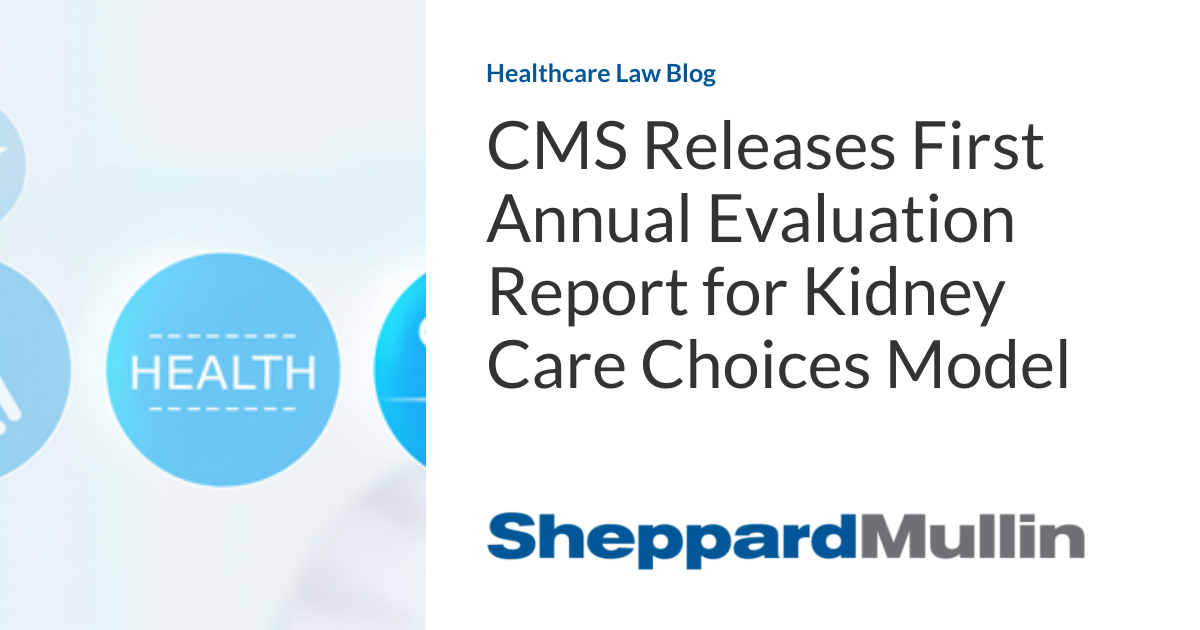
We like decisions applying Fed. R. Evid. 702 that recognize the recent amendment’s impact on judicial gatekeeping. A status update on post-amendment decisions is here, and there’s a lot to like. We don’t like post-amendment decisions that barely recognize the amendments to Rule 702 and instead parrot pre-amendment case law. As key proponents of the recent rule amendments continue to emphasize, “Don’t Say Daubert.” Hunt v. Covidien, 2024 WL 2724144 (D. Mass. May 28, 2024) says a lot about Daubert and pre-amendment case law, but very little about the recent rule amendments. Nonetheless, the decision excludes entirely the opinions of an expert regularly disclosed by plaintiffs on FDA regulatory issues—Dr. Laura Plunkett.
Hunt involved a plaintiff claiming damages following a hernia repair in which the surgeon used stapler devices to close the surgical wound. Plaintiff claimed that the stapler devices were defective and that she experienced a staple line leak following her surgery. Plaintiff disclosed as experts a general surgeon, a mechanical engineer, and Dr. Plunkett on FDA regulations. The defendant challenged the admissibility of each expert’s opinions under Rule 702.
Dr. Plunkett’s opinions addressed the regulation of medical devices by the FDA, and she performed a human health risk assessment and a weight-of-the-evidence assessment. The court found much of her report to be inapposite to the plaintiff’s claims:
While Dr. Plunkett does not conceal her contempt for the FDA, her critiques for the most part are framed in the polemical abstract untethered to the [stapler products]. Indeed, she makes no substantive mention of the [stapler products] until page 36 of her report.
Id. at *6. Dr. Plunkett’s report was critical of the defendant’s testing of the stapler products, its handling of “legal” adverse event reports as opposed to adverse event reports received outside of litigation, and the defendant’s outsourcing of complaint handling. Her opinions also criticized the IFU’s information about tissue thickness (which plaintiff claimed impacted the ability of the staples to seal her wound) and the IFU’s failure to inform physicians about certain alleged shortcomings of defendant’s quality control testing. While these opinions focused more on the stapler products than the “polemical abstract” section of her report, they still did not relate to the plaintiff’s specific claims:
The difficulty with Dr. Plunkett’s report is its lack of any mooring in the facts of this case. Dr. Plunkett’s critiques of the 510(k) process, the ASR Program, and alleged underreporting of adverse events by medical device manufacturers in general are personal opinions that, unconnected to the [stapler products], may be of interest but not of any help to the jury.
Id. at *7. As to Dr. Plunkett’s opinions relating to the IFU’s failure to warn of the impact of tissue thickness on proper staple formation, the court agreed with the defendant that there was “indisputable” record evidence contradicting Dr. Plunkett’s opinion (the IFU specifically stated that tissue thickness could result in unacceptable staple formation). Finally, in response to Dr. Plunkett’s opinion addressing adverse events, the court held that her report failed to specify any adverse events that she claimed should have been included in the IFU. The court therefore excluded all of Dr. Plunkett’s proposed opinions as unhelpful.
The court also excluded some of the opinions of the plaintiff’s mechanical engineer. The court agreed with defendant’s argument that the mechanical engineer was not qualified to render opinions on specific causation, the existence of a manufacturing defect (he admitted in his deposition that he was not aware of any manufacturing defect in the stapler products), or the adequacy of the IFUs. However, the court permitted the engineer to offer an opinion regarding a “failure analysis,” holding that such analysis was generally accepted in the engineering community and that the engineer reliably applied the methodology.
Defendant also challenged the plaintiff’s general surgeon expert opinion on specific causation. Here the court determined that it was satisfied with the surgeon’s approach to a differential diagnosis, so it permitted the surgeon’s opinion.
Based on its rulings regarding plaintiff’s experts, the court dismissed plaintiff’s manufacturing defect and warning claims. The dismissal of the failure to warn claims was based both on the exclusion of Dr. Plunkett and the surgeon’s testimony that he did not read the IFUs prior to the surgery. That leaves plaintiff’s whittled down claims for design defect and negligence (based on design defect) for a jury who will hear much narrower testimony from plaintiff’s remaining experts.




















